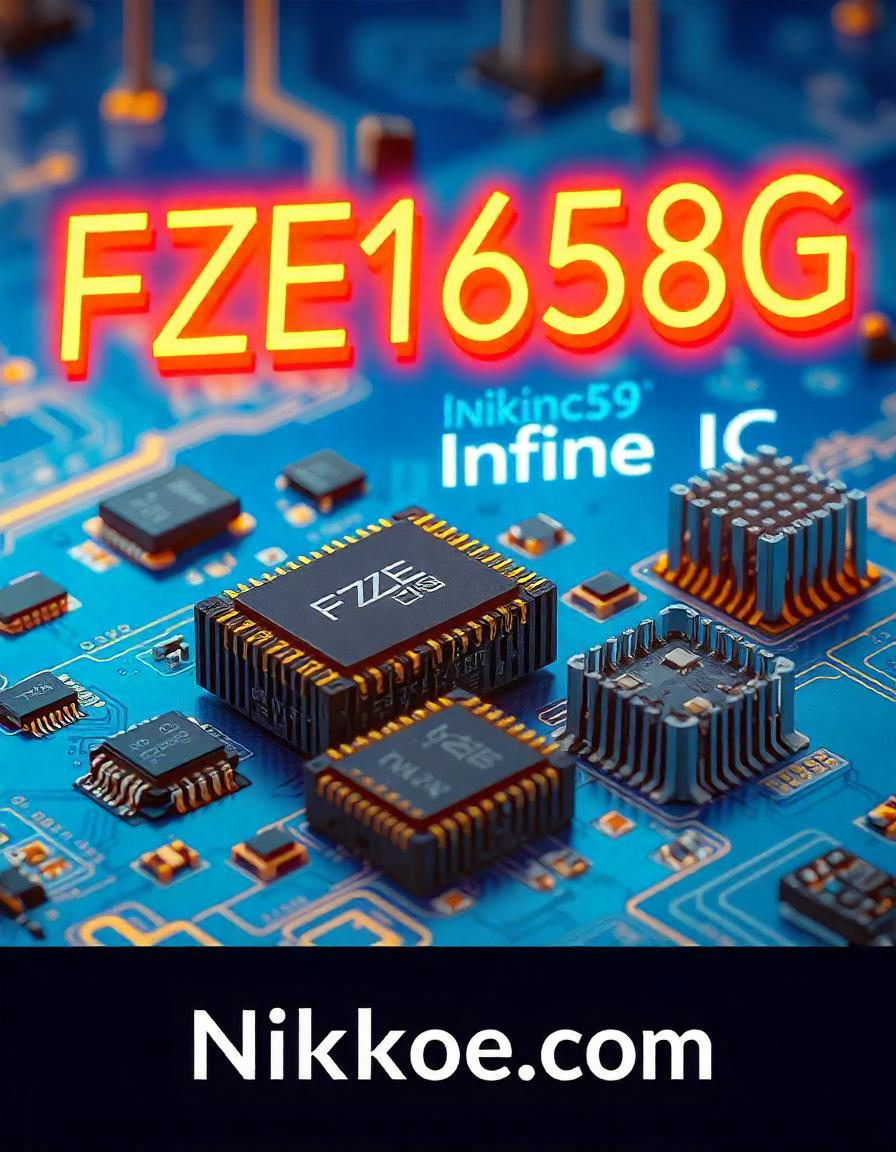Smarter Devices, Smarter Lives: How AI Shapes Our World

In recent years, artificial intelligence has gone from a tech buzzword to a quiet force shaping our daily routines. From personalized playlists to predictive home appliances, AI or smart devices is embedding itself in how we live, work, and connect. The smart devices we once saw as futuristic are now becoming an everyday norm—improving convenience, efficiency, and even quality of life.
The AI Revolution in Your Pocket
We often underestimate the power of the tiny computer we carry everywhere—our smartphone. AI fuels voice assistants like Siri and Google Assistant, automates photo tagging, and even powers facial recognition. It’s not magic—it’s machine learning and algorithms quietly improving our experiences. As devices grow smarter, they’re learning our habits and preferences, creating a digital environment that feels tailor-made.
Home Automation: Where Intelligence Meets Comfort
One of the most visible signs of AI in our lives is the rise of smart homes. Think of voice-activated lights, smart thermostats adjusting based on your routine, or refrigerators suggesting recipes based on contents. These devices go beyond convenience; they’re designed to save energy, improve security, and simplify everyday tasks.
AI-driven assistants like Alexa or Google Nest act as household managers, responding to voice commands and automating schedules. They represent the convergence of connectivity and intelligence—making our homes truly responsive.
Healthcare Gets a Digital Brain
AI isn’t just about convenience; it’s also driving major changes in healthcare. From wearable fitness trackers monitoring vitals to AI diagnosing diseases faster than doctors in some cases, the technology is reshaping how we approach wellness. Smart health devices can detect irregular heartbeats, analyze sleep patterns, and even offer personalized fitness coaching.
The integration of AI in telemedicine and diagnostics allows for early detection and proactive care—proving that smarter devices can literally save lives.
AI in Daily Transportation and Mobility
If you’ve used a rideshare app or navigated traffic with Google Maps, you’ve already experienced AI in motion. These systems use machine learning to optimize routes, reduce delays, and even predict traffic conditions.
Autonomous vehicles, while still developing, are another massive leap forward. With real-time data, sensors, and onboard AI systems, they promise to reduce human error, make driving safer, and open up mobility to those who can’t drive.
Workplaces Reimagined
The digital workplace has transformed thanks to AI or smart devices. From intelligent inbox sorting to predictive text in emails and task management tools, AI boosts productivity and decision-making. Chatbots in customer service handle routine inquiries, freeing up human agents for complex tasks. In more advanced settings, AI helps with data analysis, recruitment, and even writing code. Brands like K-Electric have already embraced these shifts, integrating AI to improve user experience and service efficiency at scale.
The Emotional Side of Smart Tech
While AI is rooted in data and logic, the user experience it enables is surprisingly human. Smart devices are designed not just to function—but to understand tone, context, and emotion. Natural Language Processing (NLP) allows devices to interpret human language, making interactions feel more like conversations than commands.
As this technology evolves, it’s also learning to detect mood, predict needs, and respond empathetically—a significant leap toward truly human-centered design.
Security and Privacy Considerations
With great intelligence comes great responsibility. As smart devices collect and process vast amounts of personal data, privacy and cybersecurity are more important than ever. AI needs to be transparent, secure, and ethically aligned with user expectations. Regulations are evolving, but so must user awareness. Smart living is only sustainable when privacy and trust are built into the core design of these devices.
Looking Ahead: What’s Next for AI in Everyday Life?
The next wave of smart devices is expected to be even more intuitive—learning not just from our commands, but from context and patterns. We’ll see greater integration across ecosystems, more voice-first designs, and devices that understand not just what we say, but what we mean.
AI or smart devices will become less of a visible feature and more of a seamless layer in everything from appliances to automobiles. This invisible intelligence is shaping a future where tech doesn’t interrupt—it enhances.
Final Thoughts
Artificial intelligence is no longer limited to high-tech labs or sci-fi films. It’s in our homes, our phones, our health, and even our daily commutes. It’s not just about smarter devices—it’s about a smarter way of living.
As more people embrace AI-powered tools, we’re witnessing a digital transformation that puts users at the center. The devices may be smart, but it’s how they serve human needs that truly defines their success.










